The New York Times is good at not making money, joked Dean Baquet, executive editor, during a June 15 presentation about the largely digital future of the paper.
The New York Times Co. lost $14.3M during Q1 on $384M revenues.
Publisher Arthur "Pinch" Sulzberger talked about the transformation from a company reliant on advertising revenue to one dependent on circulation sales.
Advertising, which once generated 90 percent of revenues, now accounts for 40 percent of sales.
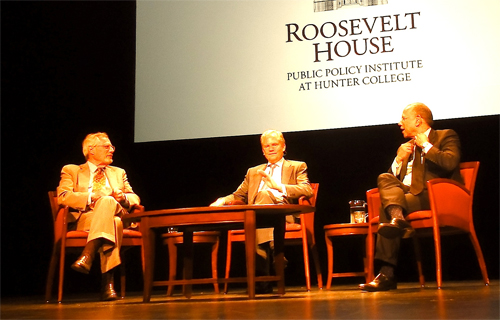 L-R: Jack Rosenthal, Arthur Sulzberger, Jr. and Dean Baquet discuss the future of the New York Times, which is in its fourth generation of Sulzberger management. L-R: Jack Rosenthal, Arthur Sulzberger, Jr. and Dean Baquet discuss the future of the New York Times, which is in its fourth generation of Sulzberger management. Photo: Sharlene Spingler |
To Sulzberger, the switch from ad to paid circulation revenues is "a sign of strength." He said circulation revenue provides greater stability vis-à-vis ad sales.
The publisher called home delivery revenues "shockingly stable," adding that once a subscriber passes the two-year mark he or she is a lifer.
Sulzberger later made a pitch for subscribers, urging the audience to encourage family members and friends to sign up for subscriptions. Baquet kidded that he expected Sulzberger to plug the toll-free subscription hotline.
The sold-out overnight session was presented by Hunter College's Roosevelt House Public Policy Institute in New York.
'Testing, Learning and Adapting'
The Times' digital transformation is based on "testing, learning and adapting," according to the duo.
The Upshot section is an example of NYT innovation. Upshot presents news, analysis and data visualization about the economy, politics, technology, culture, education and everyday life to help readers understand what's happening.
Editor Dave Leonardt, former DC bureau chief, oversees a staff of 17 journalists and technologist at Upshot.
The NYT editorial philosophy, according to Sulzberger, is not to be the first to break "wrong" news, but to be the second, third or fourth to report the correct story with context.
From an editorial strength standpoint, Sulzberger said the Times has more foreign reporters than it ever before. The overall number of reporters is equal or greater than the paper had ten years ago.
With the build-up of paid circulation, Sulzberger expressed confidence that advertisers will flock to the online online/mobile edition of the Times. He's happy with the Times push into branded content or native advertising and initiatives made in audience development.
Jack Rosenthal, one-time editorial page editor at the Times, president of the paper's foundation and interim director of Roosevelt House, moderated the session. He brought up the topic of "nepotism" at the paper.
Sulzberger said family control of the Times is a point of pride. He serves as one of the eight family trustees, who meet annually at the paper to discuss business and at the yearly reunion to cement times.
He noted that a recent survey found that only three percent of family-owned businesses survive into the third generation.
Sulzberger said members of the fifth generation of his family work in various departments at the Times and "are doing great jobs."
Charina Endowment Fund sponsored the event.


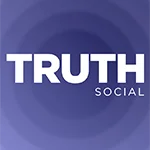 Trump Media & Technology Group today reported a $58.2M net loss on $4.1M in 2023 revenues, a disclosure that drove its stock price down 22.6 percent to $47.96.
Trump Media & Technology Group today reported a $58.2M net loss on $4.1M in 2023 revenues, a disclosure that drove its stock price down 22.6 percent to $47.96. Barry Pollack, an attorney at Wall Street’s Harris St. Laurent & Wechsler, has registered Julian Assange as a client with the Justice Dept. “out of an abundance of caution.”
Barry Pollack, an attorney at Wall Street’s Harris St. Laurent & Wechsler, has registered Julian Assange as a client with the Justice Dept. “out of an abundance of caution.”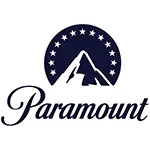 Paramount Global to slash 800 jobs in what chief executive Bob Bakish calls part of an effort to “return the company to earnings growth"... Rolling Stone editor-in-chief Noah Shachtman is exiting at the end of the month due to disagreements with chief executive Gus Wenner over the direction the magazine is taking... The New York Times broke the $1 billion barrier in annual revenue from digital subscriptions in 2023... Press Forward is investing more than $500 million to strengthen local newsrooms.
Paramount Global to slash 800 jobs in what chief executive Bob Bakish calls part of an effort to “return the company to earnings growth"... Rolling Stone editor-in-chief Noah Shachtman is exiting at the end of the month due to disagreements with chief executive Gus Wenner over the direction the magazine is taking... The New York Times broke the $1 billion barrier in annual revenue from digital subscriptions in 2023... Press Forward is investing more than $500 million to strengthen local newsrooms.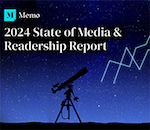 The majority of news articles are read within the first three days of publication, according to a recent report.
The majority of news articles are read within the first three days of publication, according to a recent report.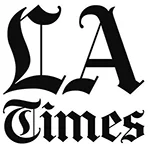 The Los Angeles Times gives pink slips to 115 people or 20 percent of its newsroom staff... TIME is also laying off about 30 employees, which is approximately 15 percent of its editorial staff... The Baltimore Banner, which was launched by Stewart Bainum in 2022 after he failed to buy the Baltimore Sun, added 500 subscribers per day in the three days following Sinclair Broadcast Group's deal to purchase the Sun.
The Los Angeles Times gives pink slips to 115 people or 20 percent of its newsroom staff... TIME is also laying off about 30 employees, which is approximately 15 percent of its editorial staff... The Baltimore Banner, which was launched by Stewart Bainum in 2022 after he failed to buy the Baltimore Sun, added 500 subscribers per day in the three days following Sinclair Broadcast Group's deal to purchase the Sun.


 Have a comment? Send it to
Have a comment? Send it to 
No comments have been submitted for this story yet.